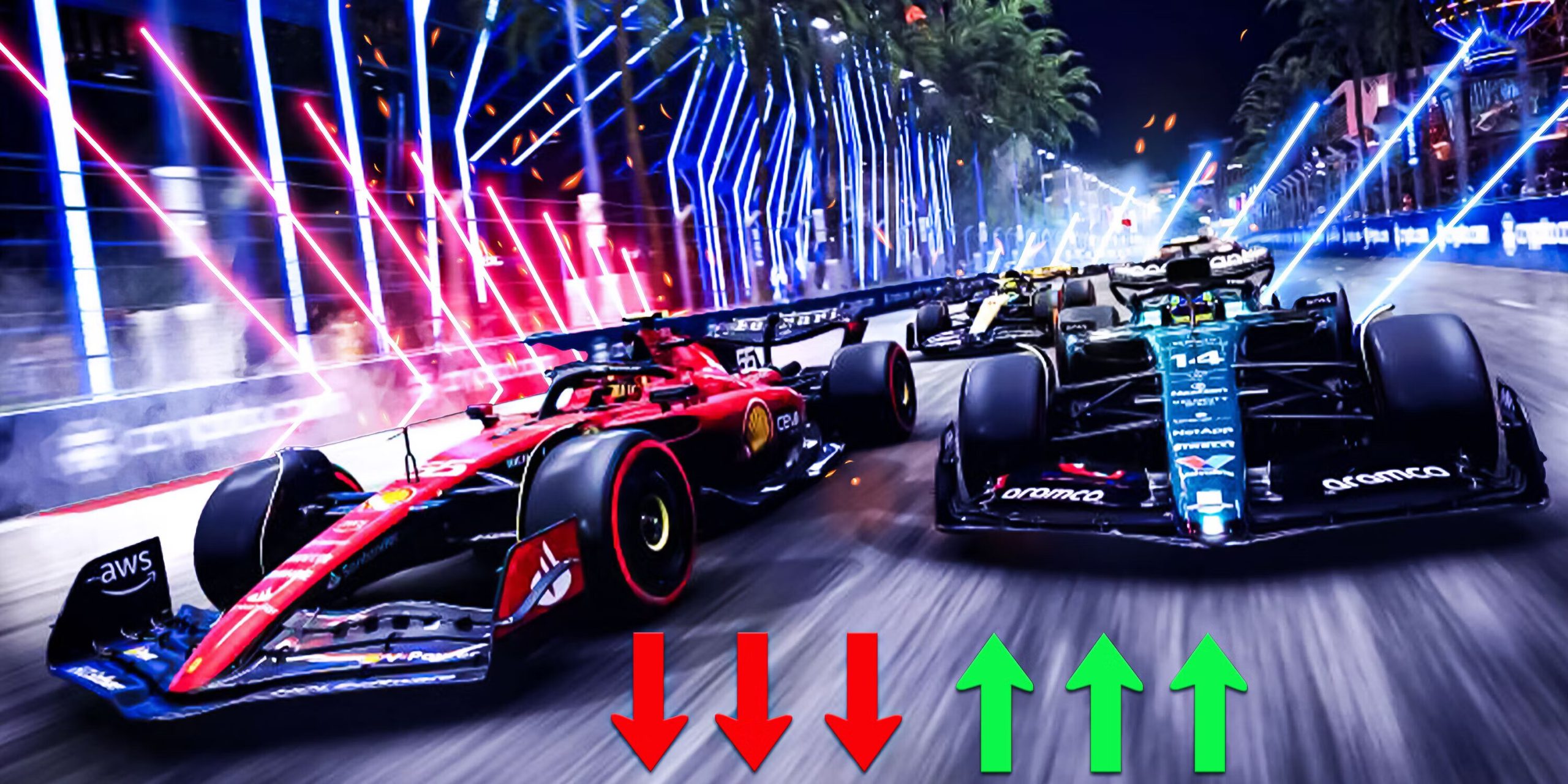
Head-up displays, or HUDs, display information such as speed and navigation directions in the driver’s line of sight above the dashboard, allowing the driver to keep their eyes on the road. HUDs are not new; they were a mid-20th-century innovation for aircraft and first came to production automobiles in the U.S. with the 1988 Oldsmobile Cutlass Supreme. They’ve become popular as a gee-whiz tech feature on high-end cars and have been migrating, at least as options, to mainstream nameplates, such as the Ford F-150
If a head-up display is on your must-have list, here are the vehicles that offer them for the 2024 model year. Included are models with HUD standard, as an option or as part of specific (more expensive) trim levels. The models are listed by their overall nameplate and might include related body-style and powertrain variants.
HUDs have been developed as a safety feature to cut the distraction of looking down at gauges or an infotainment screen and allowing faster eye focus back on the road. But while they are a must-have for some drivers, others are less impressed and may even find them more distracting.
On the pro side, information is at eye level while you watch the road. Some HUDs also offer an added layer of alerts, along with the lights and sounds, for things such as a hazard in the vehicle’s blind spot or lane departure. Most systems also include navigation so you don’t have to look down for a turn prompt while also trying to spot an intersection or off-ramp (though that requires using the in-vehicle navigation rather than an app like Waze or another phone-based service).
On the other hand, price is a factor, whether for an option or required higher trim level. The increasing levels of information and size of HUDs can add distraction, as well — you can choose not to look at the dash displays, but you can’t avoid the windshield. Also, there are no regulations currently on HUDs, and some types of information and alerts on the windshield could be just as attention-disrupting as on your phone.




